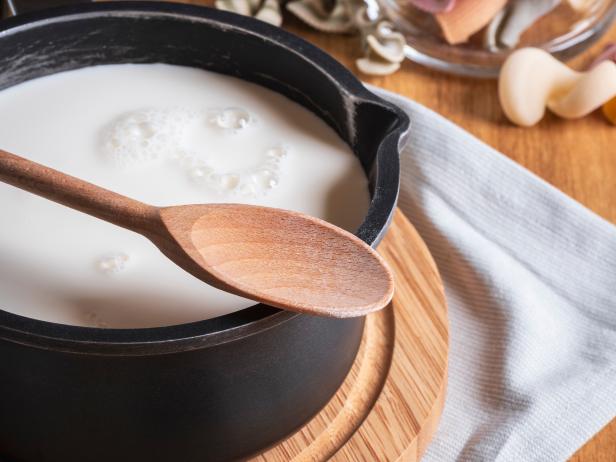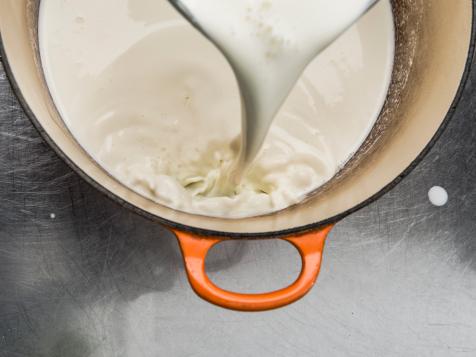Exploring the Art of Scalding Milk: A Comprehensive Guide
Scalding milk is a culinary technique that has been used for centuries to prepare various dishes, from custards and puddings to bread and cakes. This process involves heating milk to just below its boiling point, resulting in several benefits that enhance both the flavor and texture of the final product. Let's delve into the details of scalding milk and its importance in cooking and baking.
What Does Scalding Milk Mean?
Scalding milk refers to heating it to a temperature just below boiling, typically around 180°F (82°C). At this temperature, the milk forms small bubbles around the edges of the pot and begins to steam. It's essential to keep a close eye on the milk to prevent it from boiling, as boiling can change the milk's composition and affect the outcome of your recipe.

scald milk
Reasons for Scalding Milk
Scalding milk serves several purposes in cooking and baking:
-
Sterilization: In the past, scalding milk was primarily done to kill any harmful bacteria present in raw milk before consuming it. While most milk sold today is pasteurized, scalding can still serve as an extra precaution, especially in recipes where the milk will be used in its raw form, such as custards or eggnog.
-
Texture Enhancement: Scalding milk denatures the whey proteins and alters their structure, resulting in a smoother and creamier texture. This can be particularly beneficial in recipes that rely on milk for richness and tenderness, such as cakes, bread, and certain desserts.
-
Flavor Development: Heating milk releases compounds that contribute to its flavor profile, enhancing the overall taste of the dish. Scalded milk often imparts a subtle sweetness and richness that can elevate both sweet and savory recipes.
How to Scald Milk
Scalding milk is a straightforward process that can be done on the stovetop or in the microwave:

scald milk
Stovetop Method:
- Pour the desired amount of milk into a saucepan.
- Place the saucepan over medium heat and bring the milk to a gentle simmer, stirring occasionally to prevent scorching.
- Once small bubbles start forming around the edges of the pot and steam begins to rise, remove the saucepan from the heat.
- Let the scalded milk cool slightly before using it in your recipe or transferring it to a storage container.
Microwave Method:
- Pour the milk into a microwave-safe container, leaving some room at the top to prevent overflow.
- Microwave the milk on high power in 30-second intervals, stirring between each interval.
- Continue microwaving and stirring until small bubbles form around the edges of the container and steam rises from the milk.
- Once scalded, allow the milk to cool briefly before incorporating it into your recipe.
Conclusion
In conclusion, scalding milk is a simple yet valuable technique that can enhance the texture, flavor, and safety of your culinary creations. Whether you're baking a tender cake, whipping up a creamy custard, or preparing a comforting bowl of oatmeal, scalded milk can make a significant difference in the final result. By understanding the importance of scalding milk and mastering the process, you can elevate your cooking and baking to new heights of deliciousness.